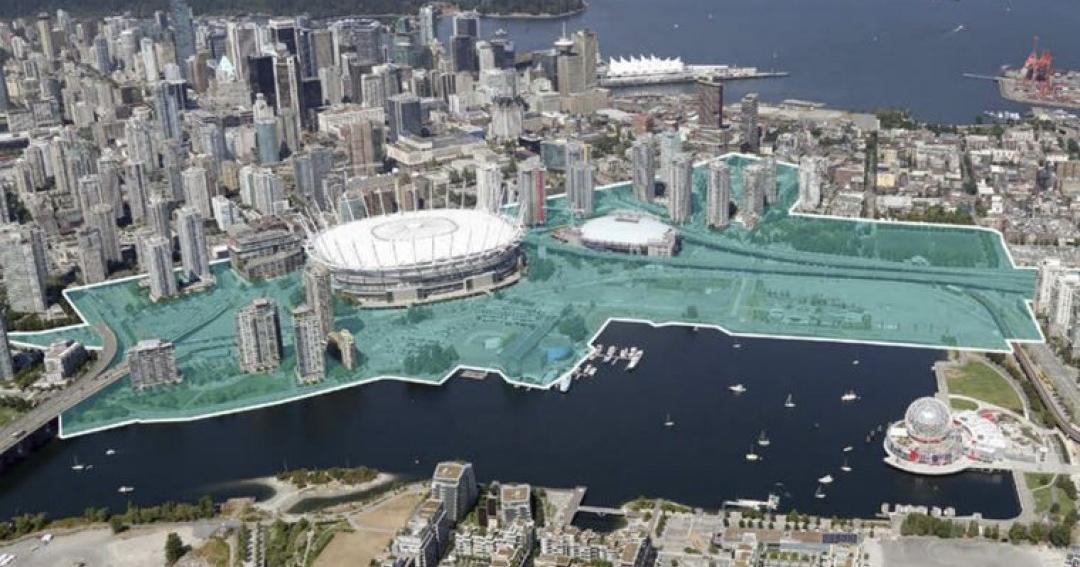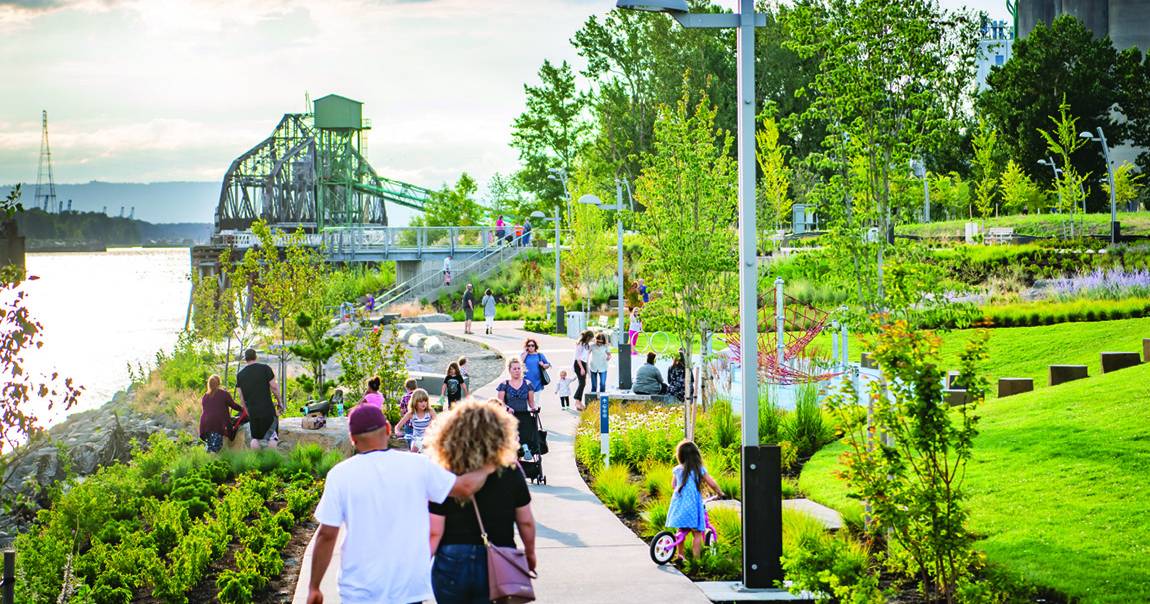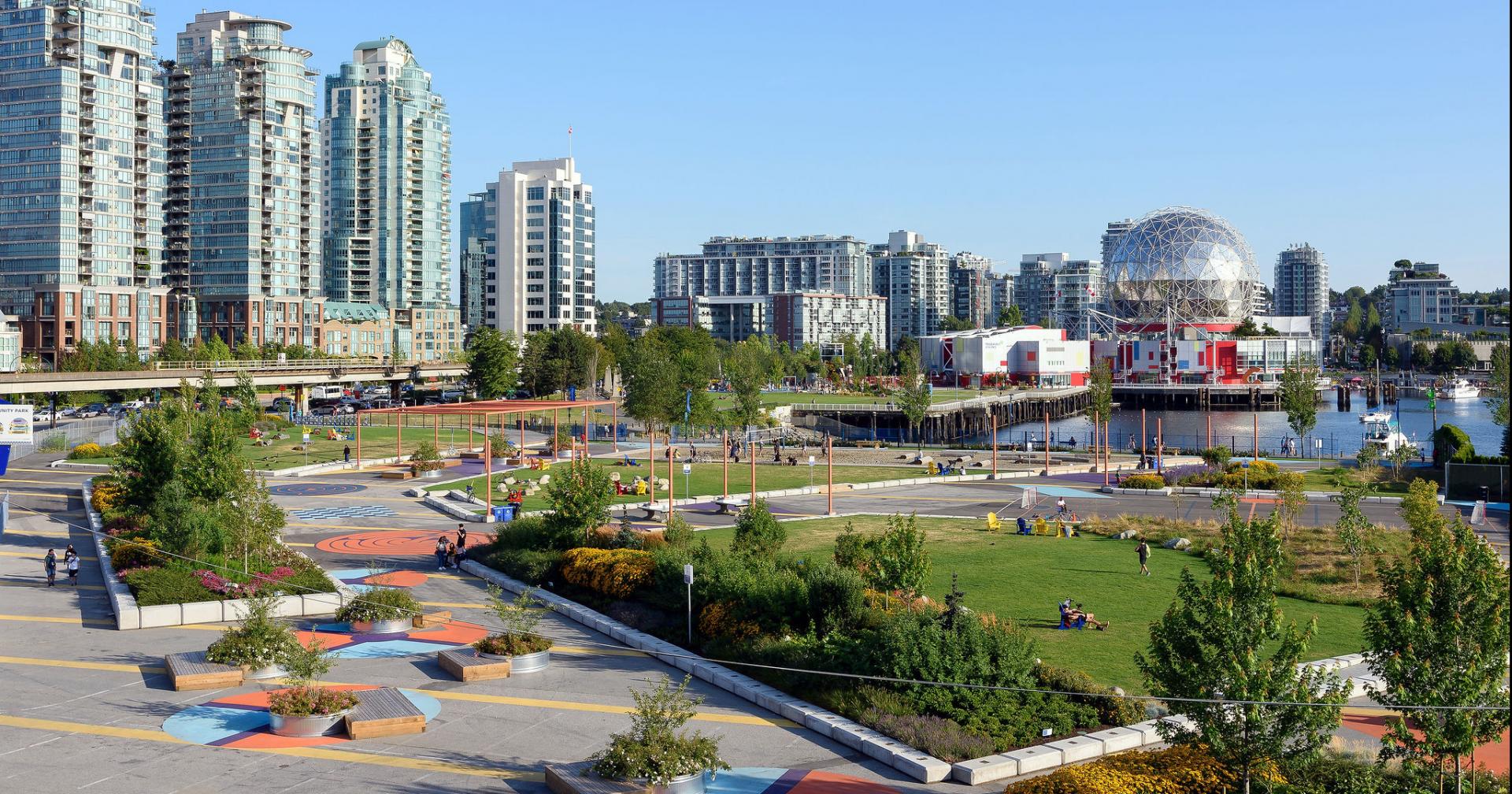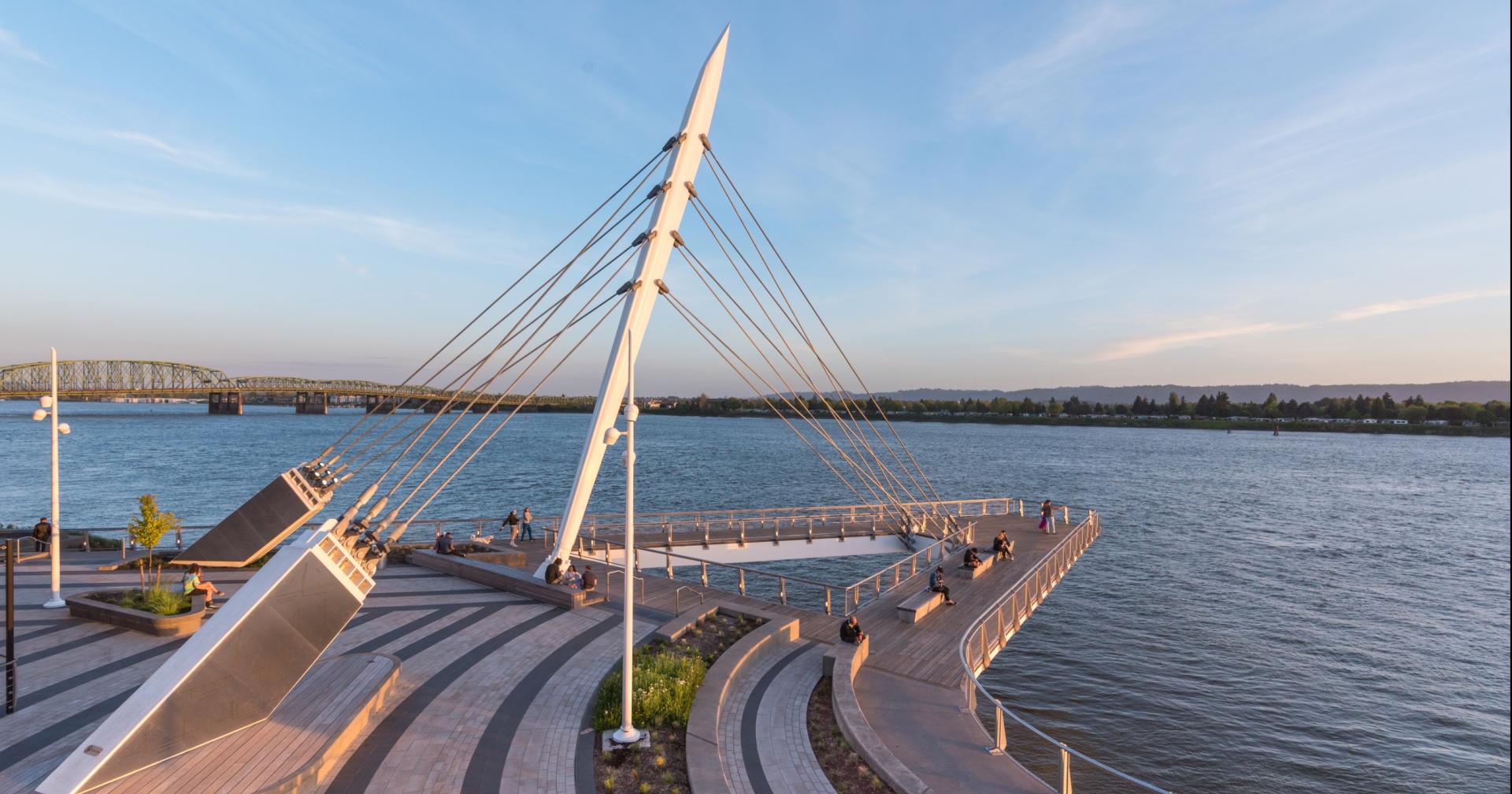Vancouver looks to honour Indigenous culture in plan for downtown park
By Frances Bula, Special to the Globe and Mail
Published
Vancouver’s parks typically provide almost no clues about their Indigenous history.
Stanley Park, where there was a permanent First Nations village with a longhouse near Lumberman’s Arch, has little besides out-of-context totem poles and occasional tours highlighting former uses and traditional plants.
There is even less to mark the site of the Squamish village that used to exist near the south end of Burrard Bridge.
But a new downtown park on the northeast shore of False Creek could take a dramatically different approach.
A longhouse, a canoe-landing area and a site for outdoor celebrations with an open fire are just some of the ideas park planners are considering for the 4.5-hectare Northeast False Creek park after the first proposal was found wanting because it didn’t have enough in it to honour the area’s use by Indigenous groups.
“We are looking to create a park that is inspired by Indigenous practice as opposed to a park that just has Indigenous elements,” said Catarina Gomes, the lead park planner for the area. “We want that the park be a welcoming space, because they welcomed us then.”
She said the original plan had more passive inclusion of Indigenous culture – pieces of art, textures and patterns stamped into the pavements in the park.
“What we found is they wanted access to the water where they could have cultural practices and there was also a need for a large space that can have a fire, embraced by vegetation and a big house reflective of Coast Salish culture.”
An archeological study done for the City of Vancouver in connection with plans to remove a pair of viaducts that lead into the downtown core show that there were no permanent Indigenous settlements in that part of False Creek, but there were temporary camps. There are signs of a trail network through the area and the researchers said there were likely stone tools buried in the mud near the former shoreline of the creek.
Indigenous representatives who have seen the evolution of the park plan are enthusiastic about the changes.
“It’s been a long journey putting this together,” said Cameron Zubko, a Métis businessman who sits on the city’s Indigenous people’s advisory committee. “I think the parks represent a tremendous opportunity to showcase Vancouver’s rich Indigenous culture.”
It’s an opportunity that hasn’t been taken up in the past. Squamish chief Ian Campbell, now the mayoral candidate for the governing Vision Vancouver party, called in 2010 for Stanley Park to be renamed XwayXway Park for the Indigenous village once on the site, but the idea went nowhere.
Vancouver’s focus on incorporating Indigenous elements into the park design is a first for a major city park in the region, although some municipalities have been doing more to acknowledge Indigenous connections to public sites.
The City of Vancouver recently renamed a number of public plazas with Indigenous names following consultations with local First Nations.
But the idea of giving Indigenous history and culture more of a place in parks is not new. Parks Canada has had that mission for several years, partly as a result of a push in the 1970s by then-federal Indian affairs minister Jean Chrétien, says Ted Binnema, a professor at the University of Northern British Columbia.
Mr. Binnema, who specializes in the history of the country’s Indigenous population and Canadian policy related to it, said provincial parks have also moved to new practices, such as co-management agreements with local bands and hunting-rights permissions.
But he said city parks are often overlooked.
“Most people don’t think of Indigenous people in cities,” he said.
“One thing that makes B.C. unusual is that many towns, their cores, were established where Indigenous villages had existed.” That includes not just Vancouver, but Kamloops, Penticton, Kelowna and Prince George, where he teaches.
Reminding those who came later about that history doesn’t always go over well. In 2015, Prince George renamed its Fort George Park to Lheidli T’enneh Memorial Park, commemorating the name of the village that was burned down in 1913 to make way for the city and railway. Mr. Binnema said that generated some complaints and controversy.





